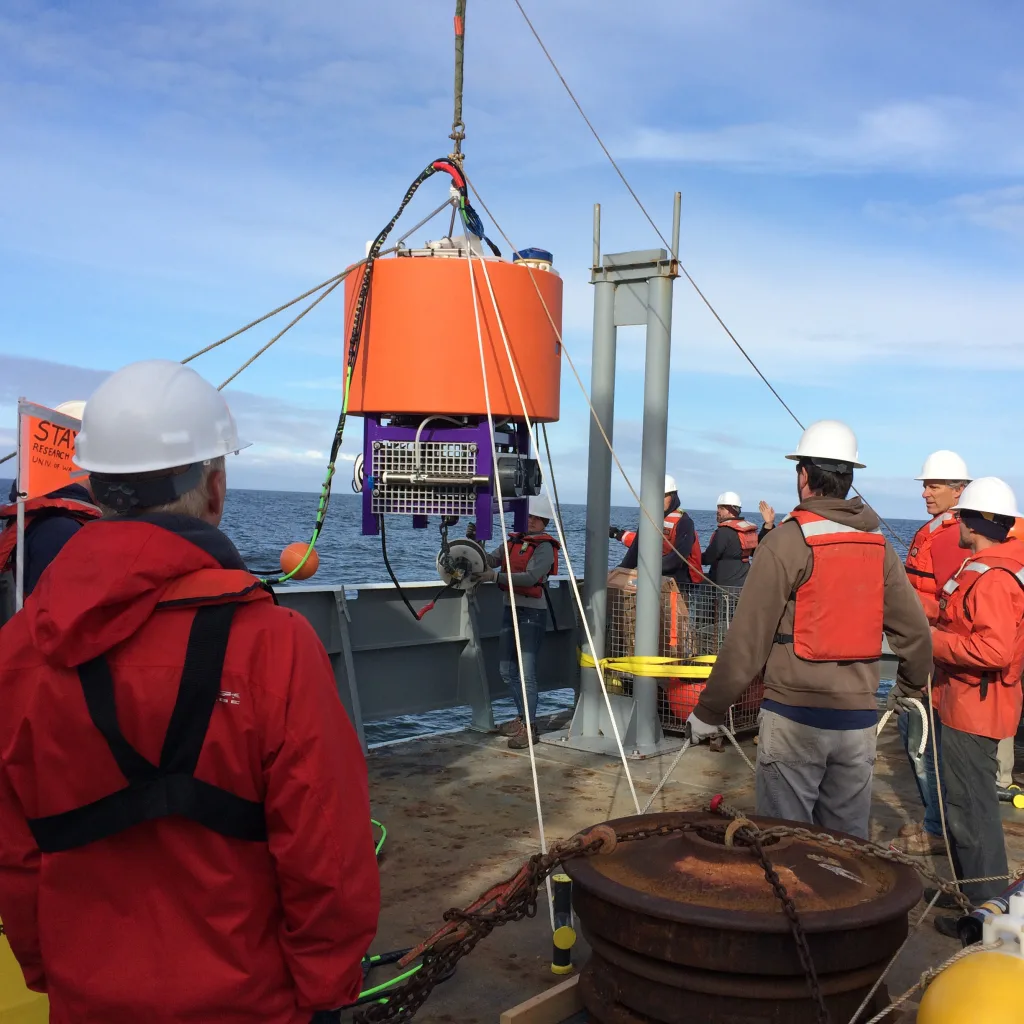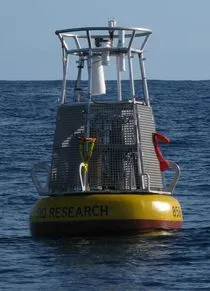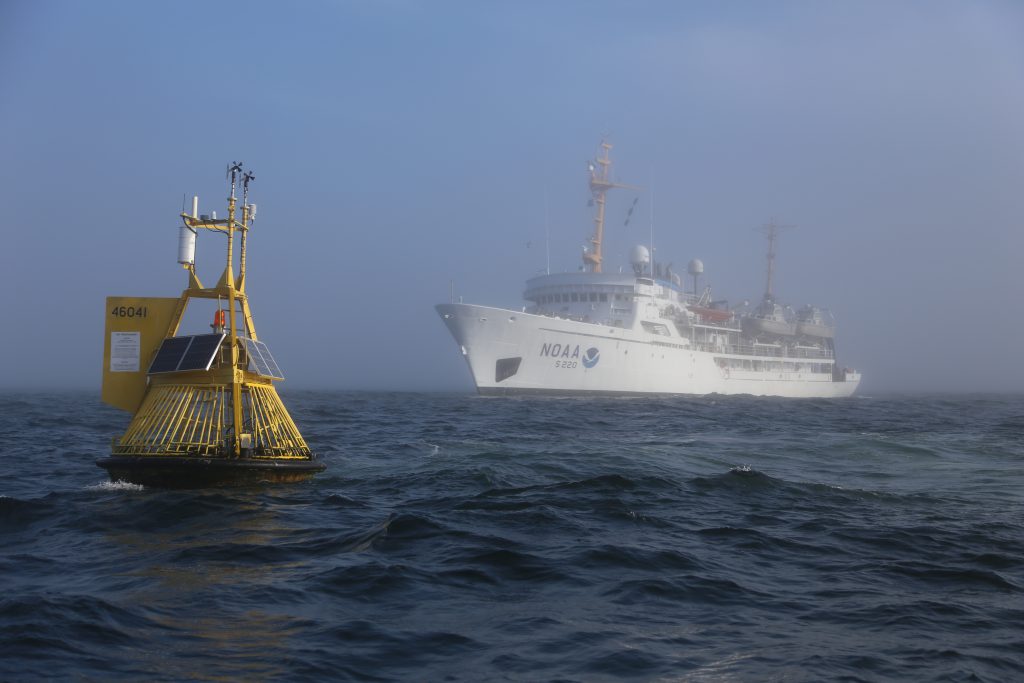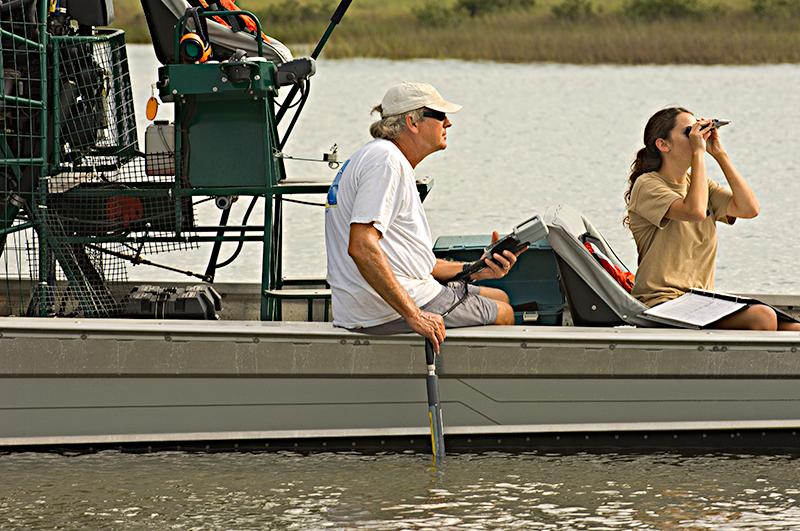Ocean acidification Monitoring in the US Pacific Coastal Waters
The goal of this component of the project is to continue the mooring and ship-based monitoring of the Ocean Acidification-impacted carbonate chemistry of US Pacific coastal waters. This objective will be accomplished by: 1) continued operation of the Oregon Ocean Acidification Mooring Program, including deployment and maintenance of the surface moorings at the established Ocean Acidification (OA) node at NH10 with surface MAPCO2 systems, nearbottom moorings with SAMI-CO2 and SAMI-pH systems at the NH10 site and the shelfbreak in the early stages of the project, followed by a relocation (following validation exercises, see #3) of these assets to a more biologically productive site to the south; 2) measurement support of the West Coast Ocean Acidification Cruise in 2016; and 3) a validation program for moored measurements off the Oregon Coast. The final component will include a parallel deployment of the NOAA-OAP moored assets at NH-10 for 6-12 months following establishment of the OOI node there to ensure consistency between the OAP and OOI platforms, as well as continued opportunistic sample collection for archiving and analyses in Hales; lab at OSU.
Ocean acidification Monitoring in the US Pacific Coastal Waters Read More »









